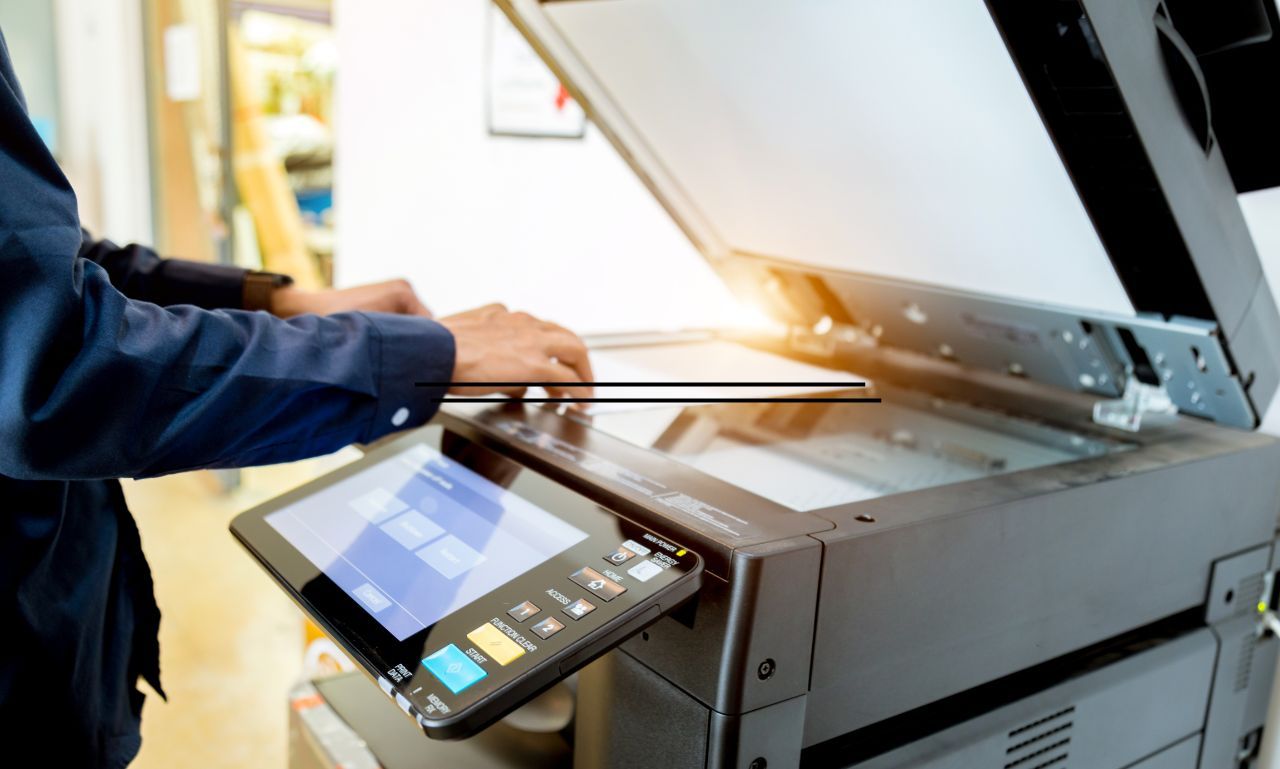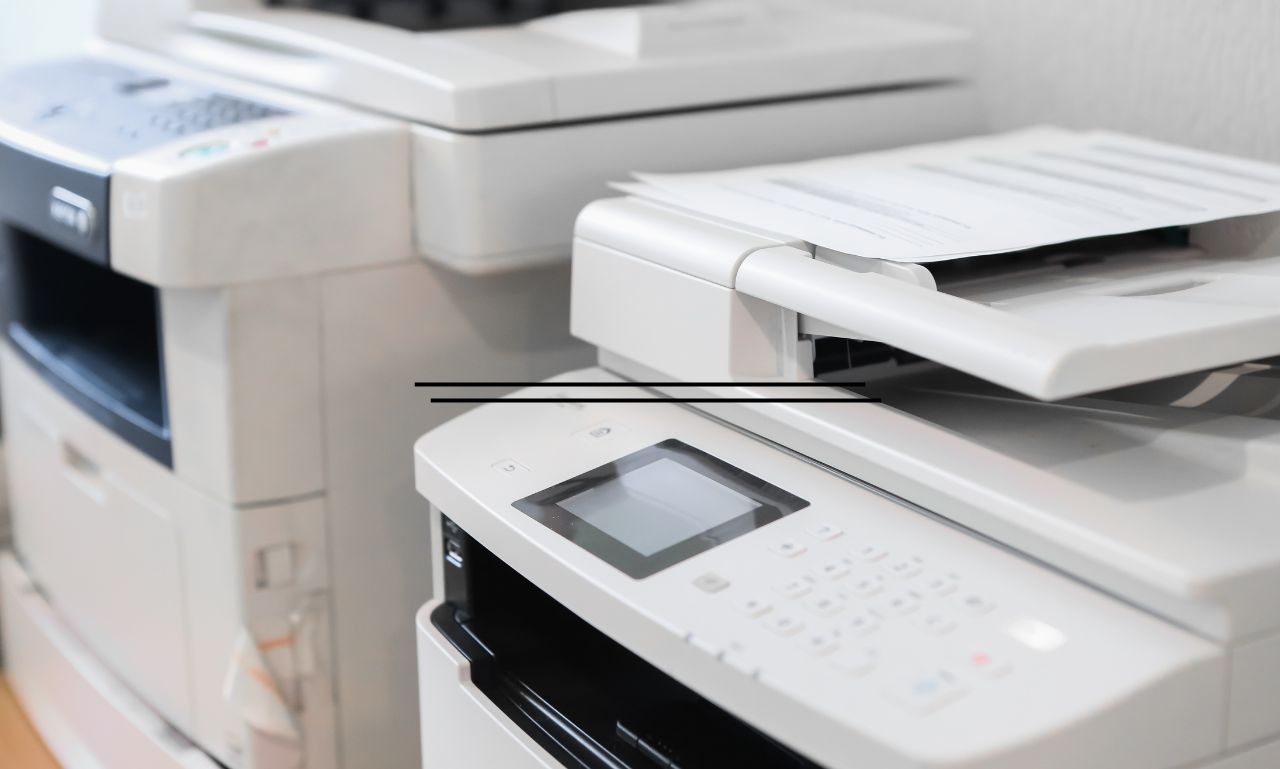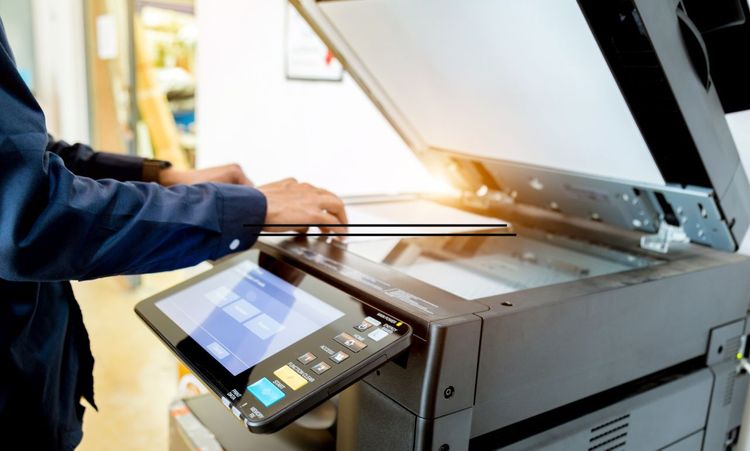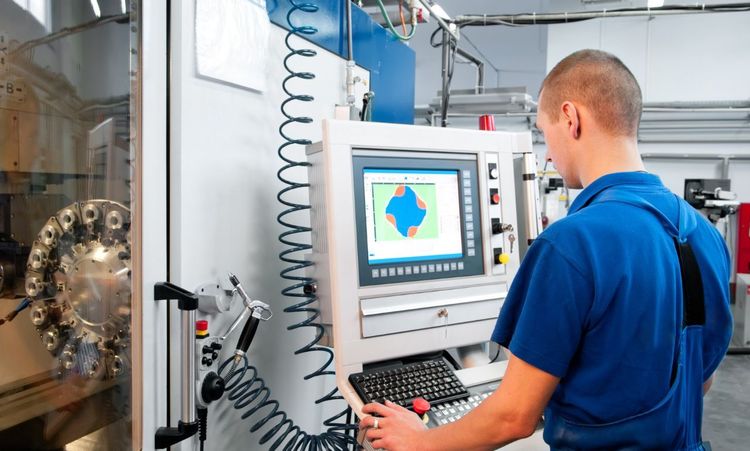Imagine printing without the hassle of ink cartridges. Inkless printers are revolutionizing the way we print, offering a cleaner, more efficient alternative. But how do inkless printers work? Let's find out!
What is an Inkless Printer?
An inkless printer is a distinct category of printer that generates text and images without the necessity for ink or toner cartridges. Instead, it uses thermal technology to generate print on specially coated thermal paper or labels. This technology has paved the way for the thermal revolution in the printing industry, enhancing efficiency and reducing environmental impact.
Types of Inkless Printers

- Direct Thermal Printers: These printers use heat-sensitive paper that darkens when heated. Ideal for receipts and labels.
- Thermal Transfer Printers: Use a ribbon coated with wax or resin. The heat melts the coating onto the paper, creating durable prints.
- Zink (Zero Ink) Printers: Use paper embedded with dye crystals that are activated by heat to produce color prints.
How Do Inkless Printers Work?
Inkless printers operate using thermal technology. Here's a step-by-step breakdown:
- Heat Application: The printer head heats up specific areas of the paper.
- Chemical Reaction: The heat causes a chemical reaction in the paper, producing the desired image or text.
- Output: The result is a clear, crisp print without the need for ink.
Benefits of Inkless Printers
- Cost-Effective: No need for expensive ink cartridges.
- Eco-Friendly: Reduces waste from cartridges and toners.
- Maintenance-Free: Fewer moving parts mean less maintenance.
Comparison Table
Feature
Direct Thermal Printers
Thermal Transfer Printers
Zink Printers
Printing Method
Heat-sensitive paper
Ribbon with wax/resin
Dye crystals in paper
Durability
Moderate
High
Moderate
Cost
Low
Moderate
Moderate
Common Uses
Receipts, labels
Barcodes, shipping labels
Photos, color prints
Practical Applications of Inkless Printers

Inkless printers are versatile and can be used in various settings:
- Retail: Printing receipts quickly and efficiently.
- Healthcare: Creating durable patient wristbands.
- Logistics: Generating shipping labels that withstand handling.
Pros and Cons of Inkless Printers
Pros
- Cost-Effective: Eliminates the need for ink cartridges, reducing long-term costs.
- Speed: Faster printing compared to traditional ink-based printers.
- Less Maintenance: Fewer moving parts mean less maintenance.
- Compact and Portable: Ideal for on-the-go printing.
Cons
- Limited to Monochrome: Most inkless printers are limited to black-and-white printing.
- Print Longevity: Thermal prints may fade over time, especially when exposed to heat or light.
Conclusion
Inkless printers offer a modern, efficient solution for various printing needs. By understanding how they work and their benefits, you can make an informed decision about incorporating this technology into your workflow.
Also Read: What Are the Benefits of Being a Mechanic




